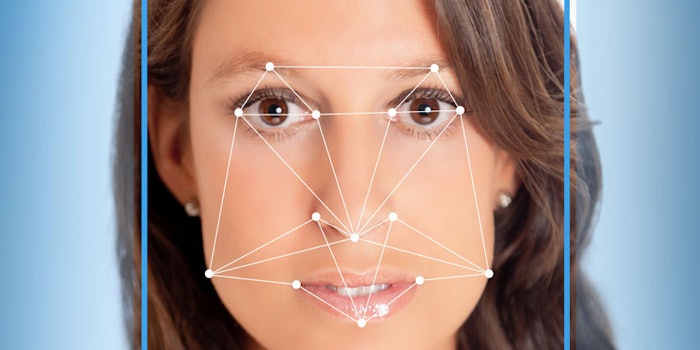
According to a thesis proposal by Clemson University researcher Richard Bowen, 80% to 95% of all new product launches fail, but businesses can increase their chances of success by understanding consumer preferences. Furthermore, with most purchasing decisions made at the point of purchase, packaging is the last opportunity to influence the consumer's decision.
That's where packaging design research comes in, writes Bowen. By assessing packaging design, understanding the consumer’s perception of the packaged product, and identifying key factors of the design that are under-performing, businesses can improve their success.
While biometric devices such as eye tracking, galvanic skin response and electroencephalography are often used, with exception perhaps to eye tracking, Bowen notes these instruments are too restrictive for a realistic shopping environment. Facial expression analysis is another method, although current technologies also limit its use to static testing environments.
Bowen's solution aimed to solve this issue by building a new technology and techniques for more dynamic, in situ shopping settings. As described in his thesis proposal, new equipment was created, including head gear and eyewear with cameras, and tested in a pilot study both "in-store" (simulated at the university) and at home, where participants opened home delivery packages. For the at-home experience, reactions to different packing materials also were examined. After the pilot study, improvements were made to the final design and methods used to video record facial expressions.
Next, a preliminary study was conducted in which subjects were instructed to shop for coffee pods. Facial expressions for joy, anger, surprise, sadness, disgust, contempt and fear were analyzed using iMotions software. T-tests were conducted to compare the seven facial expressions between the stimulus package and the control package.
Results indicated that emotions associated with low arousal states, such as sadness and contempt, were more likely to be expressed than high arousal emotions of disgust or joy. Bowen notes this could be attributed to the context of shopping in a simulated shop; arousal may be higher in real shopping situations due to the pricing variable and the risk associated with product purchasing.
In the end, the thesis confirmed the validity of facial expression analysis in dynamic testing methods to provide insight into the lightning-fast decisions made by consumers at the point of purchase. Future studies should evaluate the correlation of expressive emotions and valence with various consumer behaviors such as purchasing decisions. Until then, however, Bowen concedes it is difficult to form any firm conclusions or correlations between facial expressions and consumer behavior.










